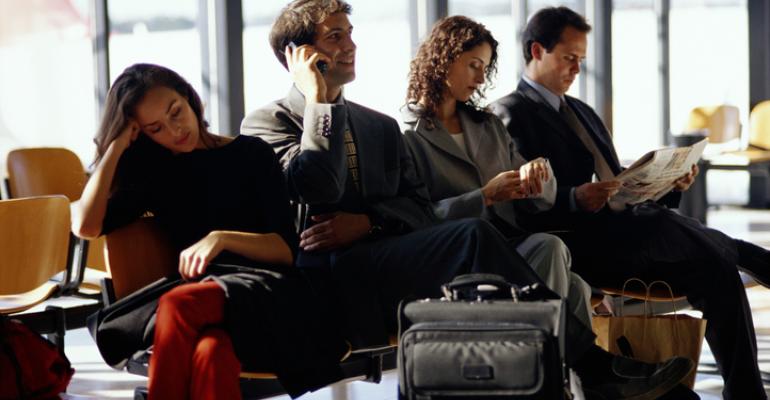Last year was very good for commercial airlines in terms of operations: Of the 16.3 million domestic flights they had scheduled for 2023, just 1.2 percent were cancelled for weather, mechanical problems, flight-crew availability, or other reasons. What’s more, across the final two weeks of December—a holiday period which saw more passengers than it ever had before—the cancellation rate was just .08 percent, according to the U.S. Transportation Department.
Airlines for America, the industry group that represents American, Delta, Southwest, United, and several other airlines, stated in early January that the strong performance is “a direct result of the dedicated work our carriers have been doing for well over a year—including hiring aggressively, adjusting schedules, and investing in new technologies.” In addition, Pete Buttigieg, U.S. Transportation Secretary, noted that "we've been pushing the airlines hard. We've pressed them on realistic scheduling."
Then again, the cost of fewer cancelled flights is delayed flights, which can derail the schedules of meeting attendees and trade-show participants who seek to arrive in a host destination less than a full day before an event begins. Southwest CEO Robert Jordan told the Dallas Morning News in mid-November that delays are “a trade-off” for not cancelling flights, and “you always make that choice because the data tells us that customers would rather be modestly delayed than have a flight cancelled.”
Here’s the Rub
One problem with delayed flights, however, is the domino effect: A plane delayed in one destination often sets back a subsequent flight out of the destination the first flight is going to. If a cancellation of the first flight takes place rather than a long delay, carriers generally have enough time to find another aircraft to accommodate the second flight near its original departure time.
Major airlines use a system known as a hub efficiency analytics tool to minimize operational disruptions. The tool tracks the location of planes as well as flight crews to allow for quicker delay/cancel decisions and, when necessary, redeployments of aircraft and personnel.
Even using that tool, Jim Moses, senior vice president of DFW Hub Operations for American, told the Dallas Morning News that it’s generally better to keep a crew with an aircraft and delay a flight as long as the crew will not reach its working-time limit, even if that affects other flights elsewhere. “We will delay parts of our operation to allow our crew members to stay intact, and we’ll cancel less to ensure we are getting our customers to their destination.”
As a result, event planners and attendees alike might want to consider building in a bit more time to arrive at the destinations hosting their 2024 events.





